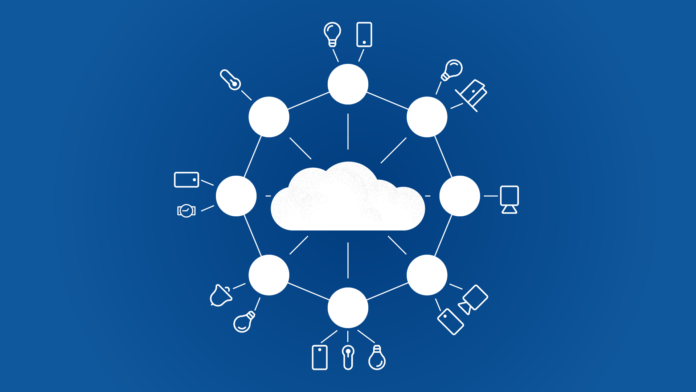Edge computing processed data very close to IoT devices also go through several other prominent technologies, especially hybrid cloud and 5G.
IoT and edge computing are mutually dependent, it keeps our heads above the water in the flood of data streaming to and from IoT devices. Other computing techniques need sensors to reduce data latency while here, it reduces the cascade of potential data, keeping it close to the source.
Rather than sending data to be processed on cloud servers additional resources like computation takes place on the device itself. Processed data is delivered to the destination from there.
Currently, it’s the most common architectural pattern, an edge computing environment placed near the sensors in IoT that generate data. IoT and edge are intricately connected through the computing environment. These environments are of various forms, a remote server or a connected car.
These environments consent to edge computing because they are small computed units that can perform several tasks. Most of these processed data are momentary and the cloud may not create any value.
Beyond performance and latency advantages, it is important about the economical architecture. Other potential cost optimizations are reduced data center footprint and security advantages.
Executing business sense to devices as similar to the edge as possible, reduces traffic sent to external servers and makes it so you don’t have to continuously add data center capacity to deal with growth.
Benefit of this emerging trick comes down to allowing enterprises to have the best of both worlds: being able to sense, capture, and analyze massive amounts of data at the location of creation and obtaining global visibility, management, and deeper analysis or even the creation of machine-learning models in the cloud. This Model uses as a critical enabler for successful digitization initiatives across IoT use cases, like smart factories pumping out massive amounts of data continuously.
Organizations using hybrid cloud strategy and edge computing inmates progress flexibility and consistency.
Businesses need flexibility in terms of where they place their workloads, and if their strategy changes, consistency of operations for both ITOs and developers, to enable them to react quickly and with minimal disruption, cloud platforms at Red Hat, recently noted.
Follow and connect us on Facebook, LinkedIn, Twitter

